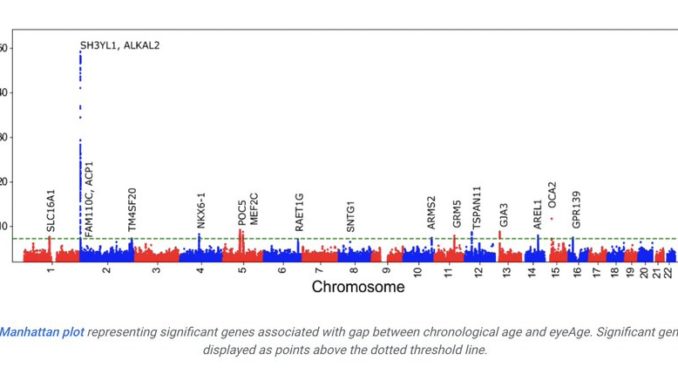
The physiologic and molecular changes associated with becoming older raise a person’s odds of being sick and dying. Researchers can find ways to lessen the prevalence and severity of diseases by measuring and estimating the biological markers of aging. To distinguish between a person’s biological age and their chronological age, scientists have devised “aging clocks” that use biomarkers like blood proteins or DNA methylation to estimate a person’s biological age. These aging clocks can estimate the risk of developing an age-related illness. However, due to the need for a blood sample, other methods of locating equivalent measurements may make aging data more accessible.
Recent research published under “Longitudinal fundus imaging and its genome-wide association analysis provide evidence for a human retinal aging clock” demonstrates that deep learning models can reliably estimate a person’s biological age from a retinal image and provide new insights into the prediction of age-related diseases. Researchers are also making available the updated source code for these models based on previously disclosed ML frameworks for processing retina pictures.
Multiple primary care clinics’ worth of de-identified retinal pictures were used to train a model to predict chronological age for participants in a telemedicine-based blindness prevention program. The resultant model’s performance was measured against a hidden dataset of 50,000 retinal pictures and the UKBiobank’s main dataset of around 120,000 images. Given the moniker eyeAge, the model’s projections agree quite well with people’s chronological ages.
